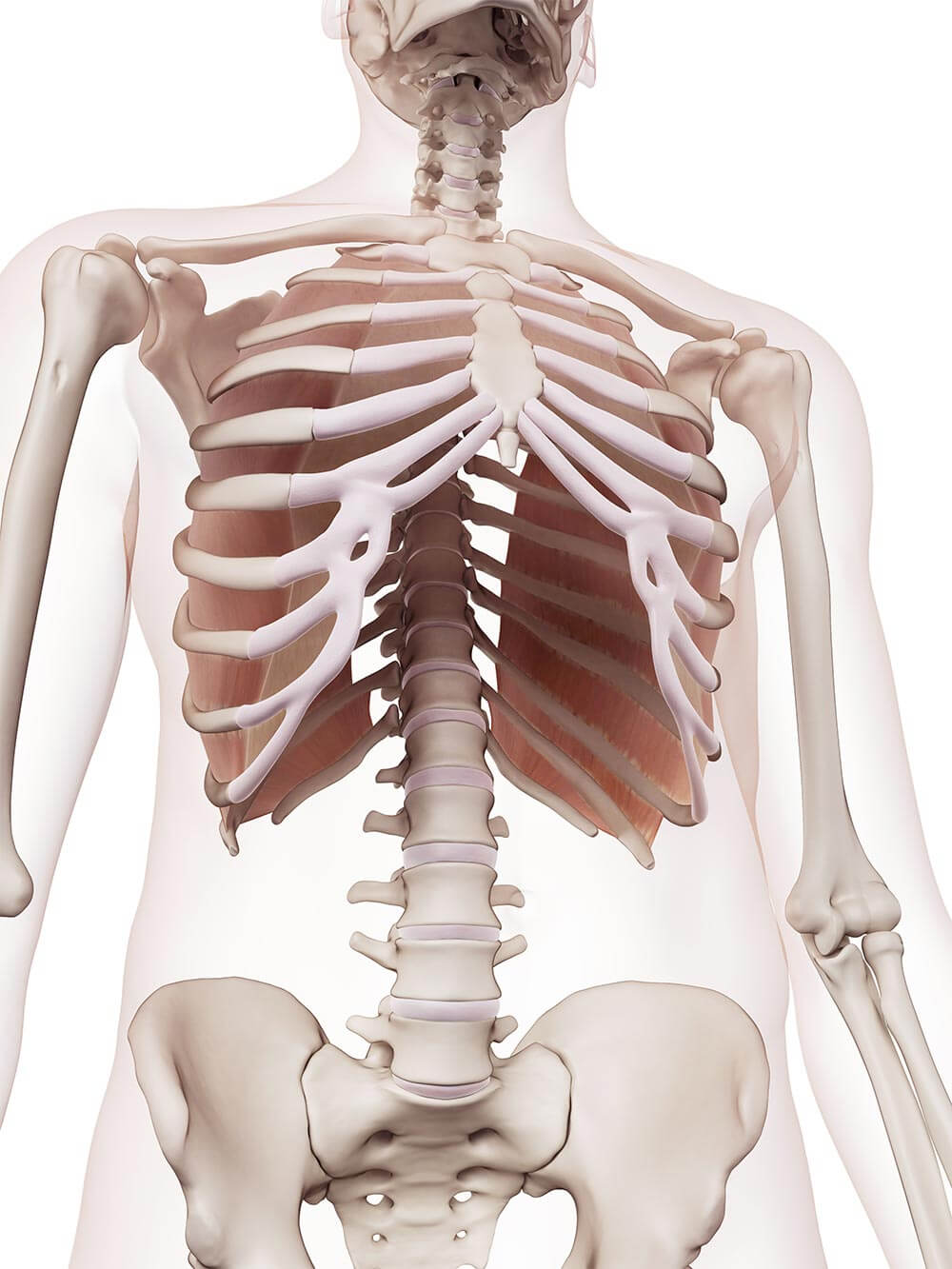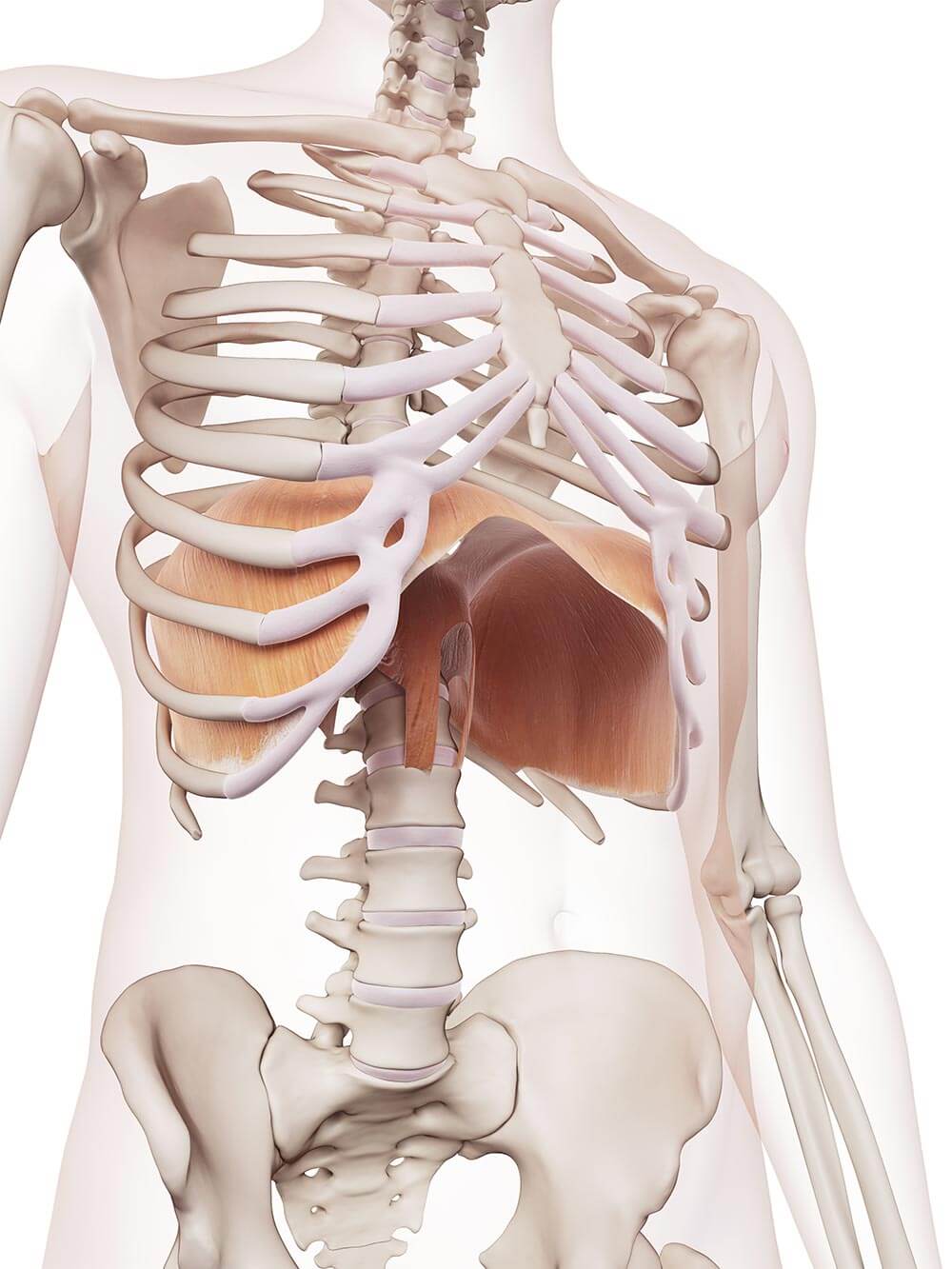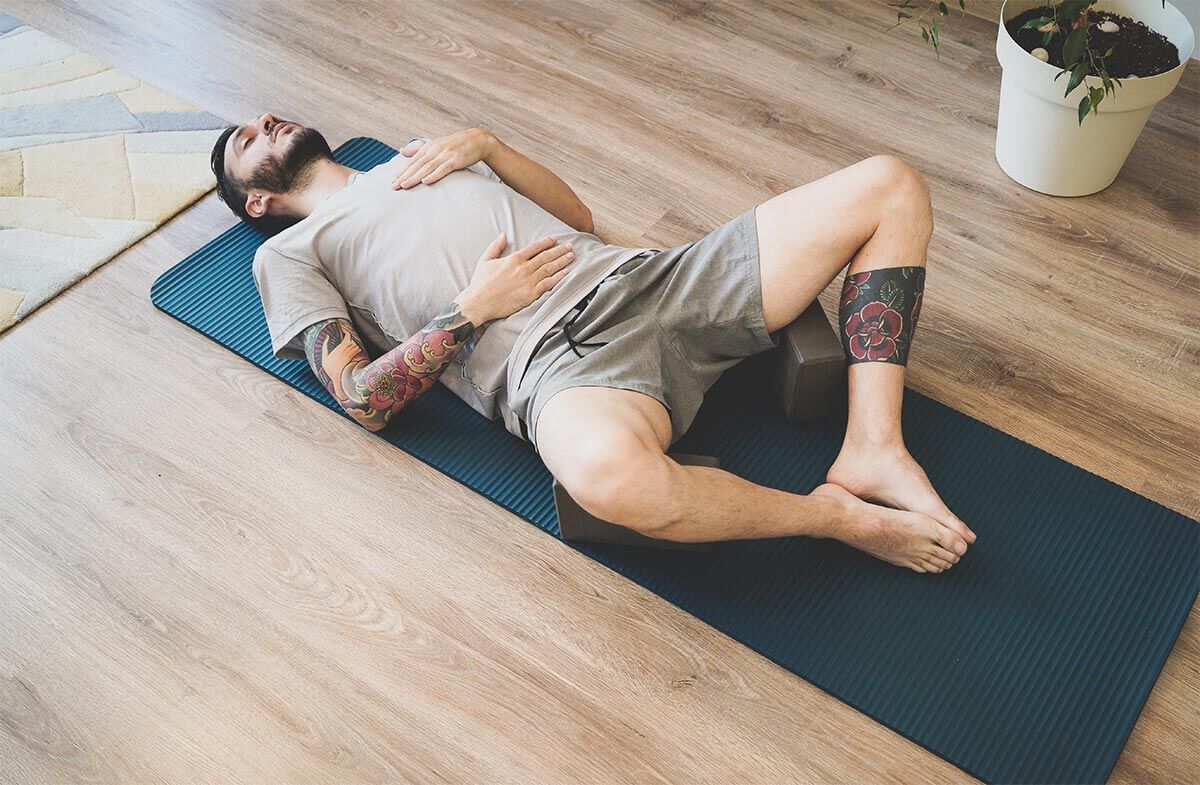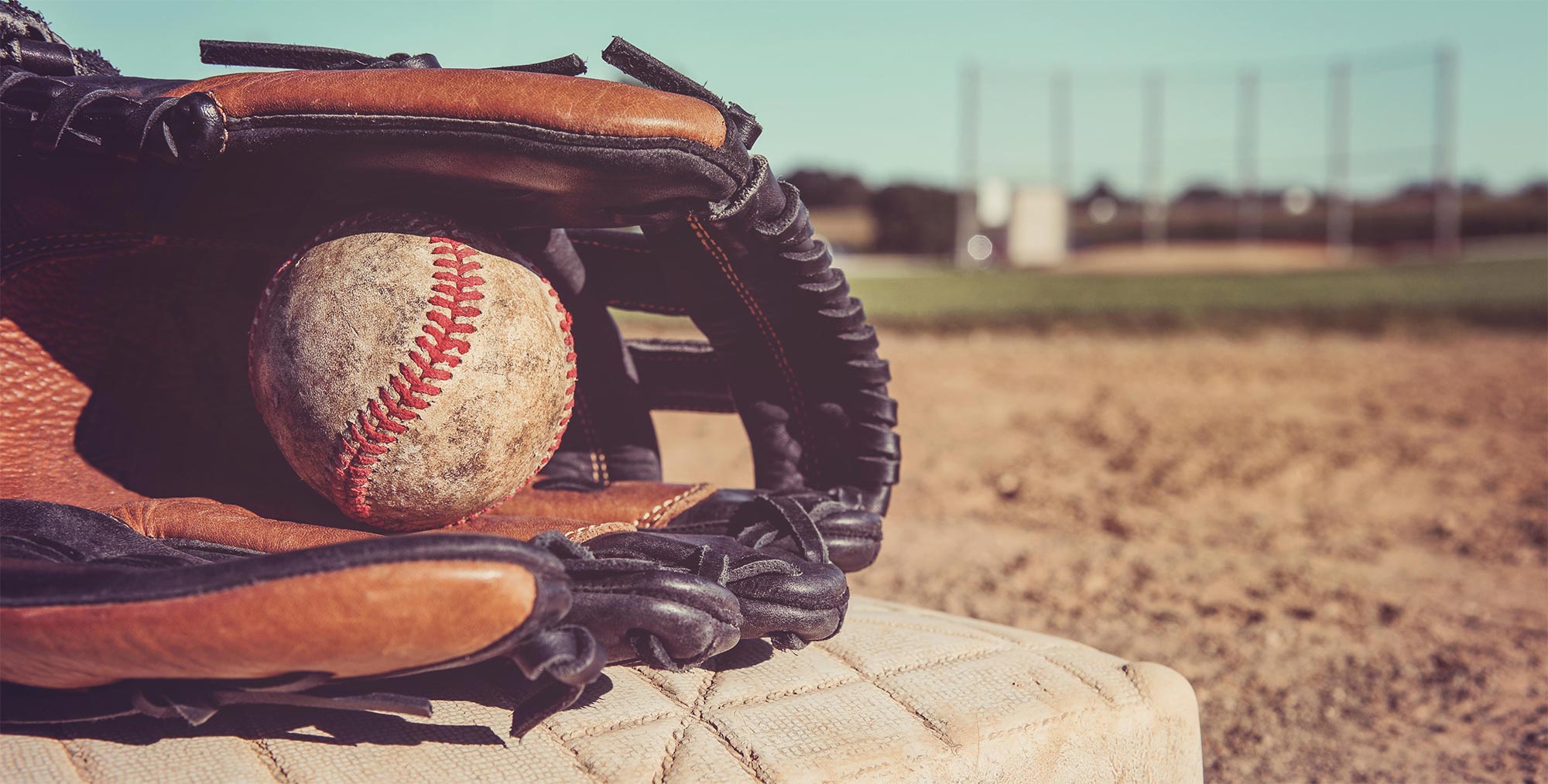All too often we get sucked into the allure of external factors that enchant us with the promise of helping us build a better game: maxing explosive strength, developing consistency, improving control, movement, and mechanics…the list goes on and on.
The truth is, most of the advertised gear, concoctions, elixirs, and technology end up becoming a distraction from one of our most powerful sources of development:
The Breath
No, I’m not kidding. Mindful breathwork can be one of the most potent tools to help you realize your full potential both on and off the field. Breathing is key in getting the most out of your sets and training, helps protect the spine and increases the strength of stabilizer muscles, and maximizes emotional regulation and cognitive performance.
How often do you focus on breathing or training yourself to breath to optimize athletic performance? Chances are, not very often (if ever). Over the next several weeks, we’ll take some time to unpack the ways breath techniques can help you take your game to the next level.
Breathing (aka respiration) is essential for obvious reasons, but let’s take a minute to geek-out on the basic anatomy of breath just to lay a solid foundation for our series here:
Breathing is a complex activity that relies on coordinated action between our muscles of respiration and our brain. The primary players include the diaphragm and the intercostal muscles. There’s a team of accessory muscles that help out as well.

Intercostal muscles

Diaphragm muscle
The lungs (the most famous players in the respiratory game) allow gas to be exchanged between the air we inhale and our circulatory system. Basically, they help bring oxygen to the blood and remove carbon dioxide from the body. This is important for cell metabolism (to give us energy) and for keeping PH levels regulated in the body (to keep our organs from being damaged).

Lungs and windpipe (trachea)
Lucky for us, the process of respiration happens automatically. We don’t really have to think about breathing…
…or do we?
See, here’s the thing: most of us are doing it wrong!
Ever heard the terms “belly breathing” or “chest breathing”? Let me break it down for you.
When you inhale, your diaphragm muscle moves downward and makes more space in your chest for your lungs to expand. When you exhale, the opposite happens – your diaphragm relaxes and moves upward in your chest cavity. When we “belly breathe”, we encourage full oxygen exchange by allowing that movement of the diaphragm to happen. You can actually see the belly rise and fall. On the other hand, “chest breathing” is a shallower and less satisfying breath pattern because the lungs aren’t expanding to their fullest capacity. The chest usually rises and falls with little movement of the abdomen.
So how does this affect a ball player? Well, “belly breathing” (sometimes called “diaphragmatic breathing”) helps tone down the body’s fight-or-flight response when feeling over-amped from physical or cognitive stress, pressure to meet expectations, or even from too much caffeine. Being over-amped can negatively impact a ball player’s focus and concentration, motor coordination, ability to process information quickly, and regulate emotions. Belly breathing can help athletes control both the physical body and the mind to elevate performance when it’s game time (think at the plate or on the mound).
Here’s a step-by-step on how to belly breathe:
- Lie on the ground with your knees bent and feet firmly planted on the floor
- Put one hand on your chest and one hand on your stomach

- Take a deep breath in through your nose and exhale through your mouth (repeat x3)
- Notice which hand is moving (the hand on your chest or the hand on your belly?)
- Take another deep breath in and draw the air past your throat into your chest and then expanding to your belly.
- Exhale and allow the air to leave your belly, then chest, and then throat
- Aim for approximately a 5-count inhale followed by a 5-count exhale
- Repeat for 10 rounds.
Once you’ve mastered this, you can apply the technique both on and off the field!
My challenge to you is to practice this technique daily over the next 2 weeks.
Your breath is a tool. Sharpen it daily.


